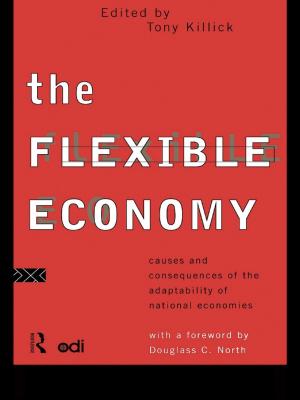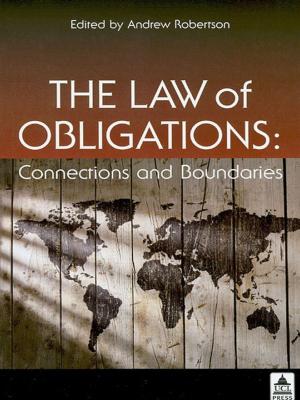Russia's Federal Relations
Putin's Reforms and Management of the Regions
Nonfiction, Social & Cultural Studies, Current Events, Political Science, International, Foreign Legal Systems, Government, Local Government| Author: | Elena Chebankova | ISBN: | 9781135181383 |
| Publisher: | Taylor and Francis | Publication: | December 4, 2009 |
| Imprint: | Routledge | Language: | English |
| Author: | Elena Chebankova |
| ISBN: | 9781135181383 |
| Publisher: | Taylor and Francis |
| Publication: | December 4, 2009 |
| Imprint: | Routledge |
| Language: | English |
The development of centre-regional relations has been at the forefront of Russian politics since the formation of the Russian state and numerous efforts have been made by the country’s subsequent rulers to create a political model that would be suitable for the effective management of its vast territory and multiple nationalities. This book examines the origins, underlying foundations, and dynamics of the federal reforms conducted by President Putin throughout the eight years of his presidency. It offers a comprehensive analysis of the nature of Russia’s federal relations during this period, as well as an examination of factors that led to the development of the extant model of centre-regional dialogue. It discusses how and why the outcomes of most domestic reforms and policies significantly vary from the initial intentions envisaged by the federal centre, and argues that despite a range of positive developments the reforms resulted mainly in a redistribution of powers between the two levels of government and not in a fundamental rethinking of centre-regional relations towards genuine federalism.
The development of centre-regional relations has been at the forefront of Russian politics since the formation of the Russian state and numerous efforts have been made by the country’s subsequent rulers to create a political model that would be suitable for the effective management of its vast territory and multiple nationalities. This book examines the origins, underlying foundations, and dynamics of the federal reforms conducted by President Putin throughout the eight years of his presidency. It offers a comprehensive analysis of the nature of Russia’s federal relations during this period, as well as an examination of factors that led to the development of the extant model of centre-regional dialogue. It discusses how and why the outcomes of most domestic reforms and policies significantly vary from the initial intentions envisaged by the federal centre, and argues that despite a range of positive developments the reforms resulted mainly in a redistribution of powers between the two levels of government and not in a fundamental rethinking of centre-regional relations towards genuine federalism.















